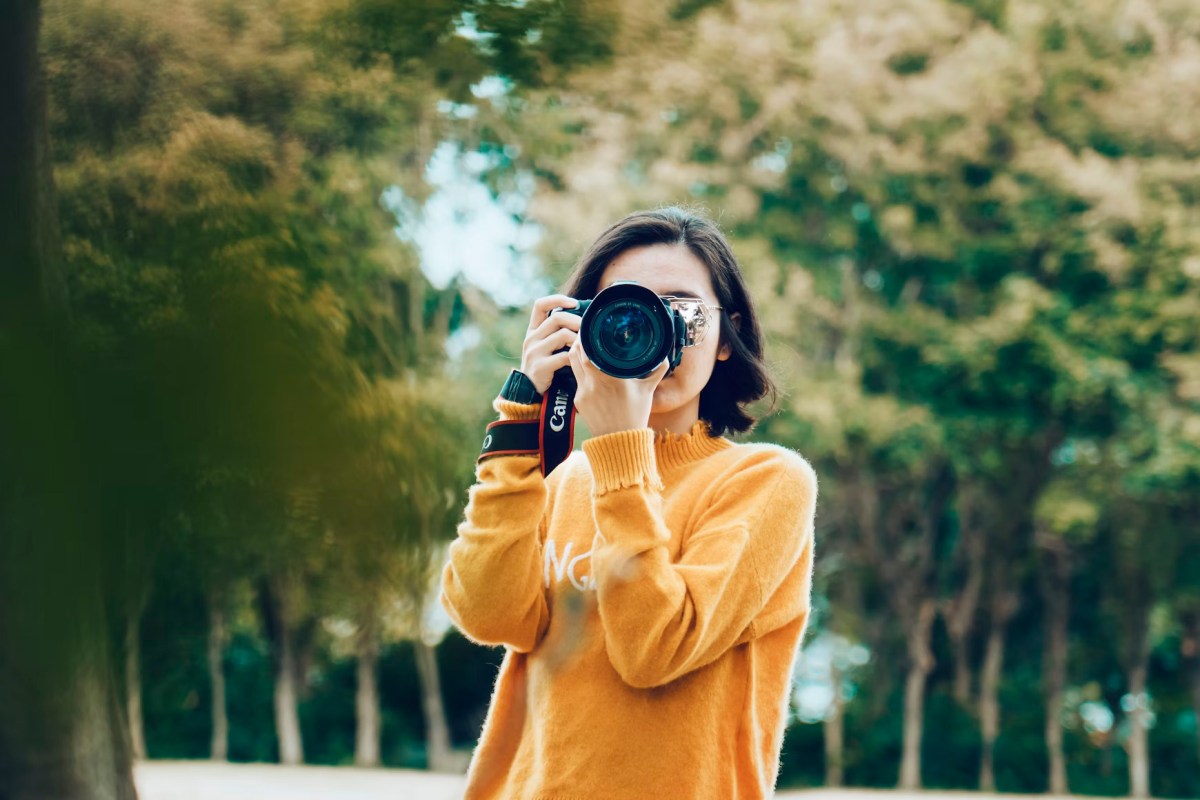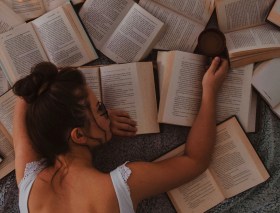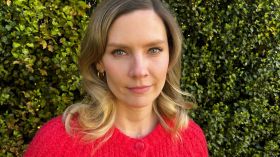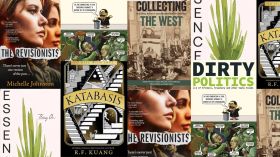Some may regard them as a necessary evil: the author headshot that’s affixed to most book back covers and press releases that are distributed to the media. As one writer tells ArtsHub, ‘I wish there were no author pics. I’d rather immerse myself in the book, whatever its merits. The experience is spoiled by marketing pap and other reminders of reality.’
Another, Annie McSweeney, agrees, saying, ‘I think the author should be invisible and let the work speak for itself. If a pic is necessary, keep it natural. There’s nothing more off-putting than an arrogant, cold-looking expression of smirk, which to me, looks like an attempt to be cool, important, intelligent and just makes me think twice about reading the book. It’s like listening to people on radio; once you see what the look like, you don’t enjoy listening to them as much.’






